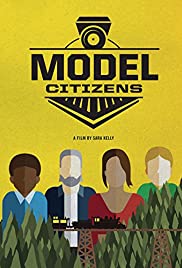
Somewhere in the world right now–much closer than you think–people are playing with trains. You might not see them at first, but they’re there. In basements. In garages. In converted Army barracks. They’re among the world’s most compelling underground communities.
You May Also Like

The documentary follows one woman’s quest to overcome anxiety, depression, and opioid addiction through the use of psychedelic medicines.
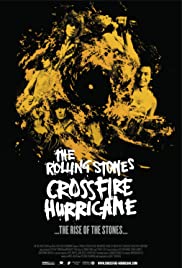
This film is released as part of the ongoing 50th anniversary celebration of the Rolling Stones. It tells the story of the Stones’ unparalleled journey from blues obsessed teens in the early 60s to their undisputed status as rock royalty. All of the Stones have been newly interviewed and their words form the narrative arc that links together archive footage of performances, news coverage, and interviews, much of it previously unseen. Taking its title from a lyric in “Jumpin’ Jack Flash,” this film gives the viewer an intimate insight into exactly what it’s like to be part of the Rolling Stones as they overcome denunciation, drugs, dissensions, and death to become the definitive survivors. Over a year in the making and produced with the full cooperation and involvement of the Stones, this film is and will remain the definitive story of the world’s greatest rock ‘n’ roll band
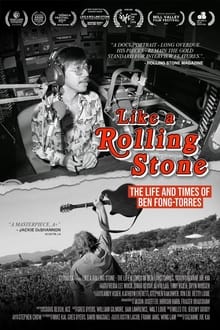
Suzanne Joe Kai’s intimate documentary shows us how the Rolling Stone writer and editor defined the cultural zeitgeist of the ’60s and ’70s.

Liv Morgan dropped out of high school a decade ago to chase her professional wrestling dreams. The journey continues for the World Wrestling Entertainment competitor, but it hasn’t always gone smoothly or quickly.

A sensation to indies rock scene since 2000s and actively present today among fans even during their breaks. The first full-length documentary in the band’s history starts from the production base in LA for the first album in 16 years, and navigates the stories from how they started, took break after breaking through, and reunited with nationwide fans awaited.

Follows the disorders that touristic excesses have generated in the erstwhile idyllic location of Magaluf in the Balearic islands.
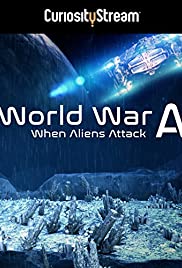
Leading scientists and researchers weigh in on the scenarios that might unfold if aliens find us and decide to visit Earth. Should we even be searching for extraterrestrial life? What are the risks of reaching out, and what are the risks if the Earth is “found” by aliens?.

Erasmo Chambi is a Bolivian immigrant who survives on the outskirts of Buenos Aires, giving wrestling shows at local clubs. In his home country, he was a legendary wrestler: there were trading cards, posters and action figures of his character, El Ciclón (The Cyclone), which today are only relics in a forgotten drawer. Nowadays he trains his son to be his successor.

How were the giant stone heads of Rapa Nui – also known as Easter Island – carved and raised, and why? Since Europeans arrived on this remote Pacific island over 300 years ago, controversy has swirled around the iconic ancient statues and the history of the people who created them. Now, a new generation of researchers is overturning old theories, revealing the rich history, innovation, and resilience of the Rapanui people, and uncovering intriguing new evidence about where they – and their practice of monumental stone building – came from.

US Air Force JAG Attorney Yvonne Bradley was assigned to defend a man held at Guantanamo Bay. Believing Guantanamo held ‘the worst of the worst’, her world was turned upside down once she arrived in Cuba and began to untangle an unimaginable case.
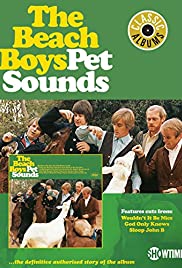
Celebrating the 50th anniversary of the release of ‘Pet Sounds,’ Brian Wilson and surviving members of The Beach Boys (Mike Love, Al Jardine, Bruce Johnston and David Marks) revisit the writing and recording of the landmark record that is consistently voted one of the top three influential albums of all time. Featuring exclusive interviews, classic archive and rare studio outtakes from the recording sessions.

FINDING THE MONEY follows economist Stephanie Kelton on a journey through Modern Money Theory or “MMT”. Kelton provocatively asserts the National Debt Clock that ticks ominously upwards in New York City is not actually a debt for us taxpayers at all, nor a burden for our grandchildren to pay back. Instead, Kelton describes the national debt as simply a historical record of the number of dollars created by the US federal government currently being held in pockets, as assets, by the rest of us. MMT bursts into the media with journalists asking, “Have we been thinking about how the government spends money, all wrong?” But top economists from across the political spectrum condemn the theory as “voodoo economics”, “crazy” and “a crackpot theory”. FINDING THE MONEY traces the conflict all the way back to the story we tell about money, injecting new hope and empowering countries around the world to tackle the biggest challenges of the 21st century: from climate change to inequality.